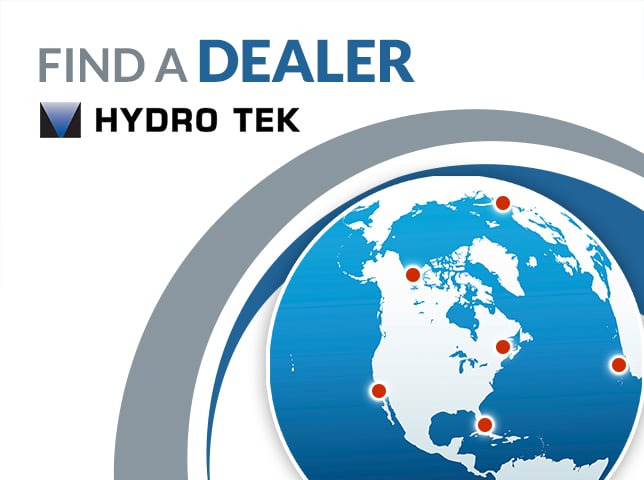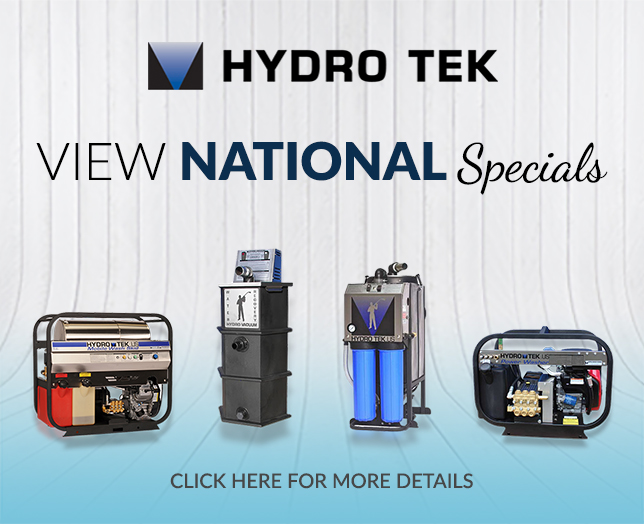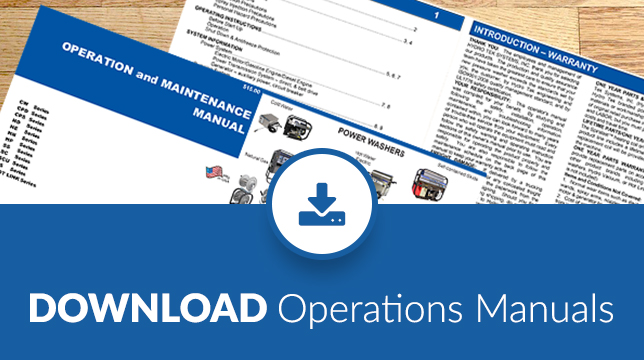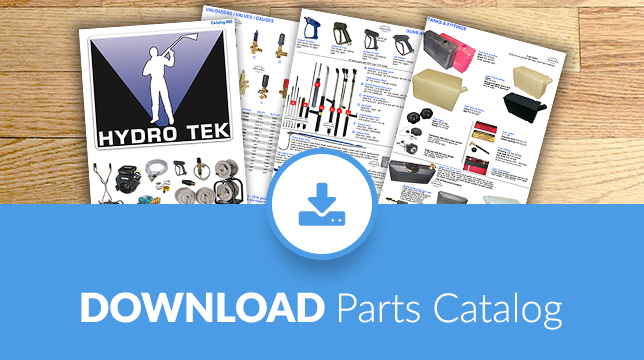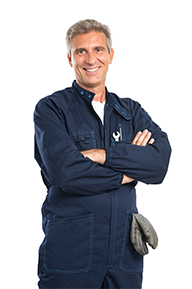In light of current economic conditions some customers are willing to sacrifice quality for the purpose of saving a few dollars. Often consumers will look to Asian markets for a less expensive alternative to what is available in the United States. Hydro Tek wanted to look at this as it would relate to our pressure washer industry. We saw an ad for a hot water pressure washer that was being made by a Chinese company that make a variety of construction machines. So we did some negotiations via e-mail with their sales department and purchased a machine. The purpose of this exercise is to not only explore for ourselves how is it that a company can produce, ship, and sell a product for so much less than it costs to build here in the US but also to see just what kind of quality one could expect buying directly from a foreign manufacturer.
Here is a review of one of the products tested and hopefully a lesson we can all learn from.
Condition:
This equipment was purchased as new and advertised as an industrial grade piece of equipment.
However, this was NOT what we received. The product was not in new condition it was filthy and it was obvious that there were many hours put on the machine. From the quality of the welds to the jagged hole cut into the side of the coil and the pinhole leak in one of the stainless steel elbows; it was obvious that quality is not a high priority on this product. There also was not owner’s manual included which would normally list safety and operation procedures. On a side note: When we asked the manufacturer why they sent us a used machine, they claimed it had only been used for a demo, but our analysis of it was that there many hours of use on this machine based on soot buildup and other wear.
Operation:
When the unit was initially started for testing purposes it would barely run. It took several hours of adjustments and the machine would still only run intermittently and not up to the advertised capacity. One significant issue that we found was a foreign red substance that kept clogging the nozzles making operation impossible.
Burner:
The burner was running at a #4 or #5 smoke test meaning that it was not only very inefficient but also very polluting. This also results in heavy soot buildup in the coil. A temperature test yielded only 60⁰F - 70⁰F of heat rise (typically desired results are 140⁰F of heat rise). This minimal amount of heat rise is not sufficient to do industrial tasks such as sanitation for the food processing or agriculture industries and would not melt away heavy grease in an industrial or construction environment.
Fuel Tank:
The fuel tank was filled with thousands of metal pieces resembling ball bearings about the size of a grain of sand. This type of contamination would be very harmful to other components such as the fuel pump and burner.
Nozzles:
As mentioned before the nozzles were continually being plugged by some red substance, but not only that of the 5 nozzles that came with the system 2 of them did not match the quick disconnect on the wand and could not even be used on the machine.
Safety:
There were very little if any safety features included on this machine and there were no safety warnings or labels on the machine. The thermostat controls were of very poor quality making it very unreliable. It also had no labels on the thermostat making it impossible to tell which was on and off and what temperature it was set at. It was also missing necessary safety controls, like pressure relief or burst disks, which would prevent the coil from becoming a steam bomb. The burner control actually kicked on and continued to try to fire while the engine was turned off. This displays a serious flaw in the design of the control circuit.
Misrepresentations:
Not only was the machine advertised as a new machine and clearly in used condition when it was received; it did not perform to the advertised specs. There was also a CE mark prominently displayed on the machine. The CE mark signifies compliance to European safety and quality standards and is required in order to be sold in many European markets. By affixing the CE marking to a product, the manufacturer declares that it meets EU safety, health and environmental requirements. From what we have discovered in previous sections of the review this is definitely not the case and it is obvious that the mark is being used in a fraudulent manner.
Conclusion:
Keep in mind that these tests and inspections were performed by engineers who have more than 20 years of experience designing and building pressure washers. If they had these types of challenges trying to get this machine up and running; imagine the task facing someone new to the industry unpacking this piece of equipment and trying to get it operational.
A word of warning as well; it was the recommendation of the engineers who tested this washer that if left unmodified without the proper safety controls this machine would likely cause serious injury or even death. This machine was dangerous out of the box.
How are they able to produce equipment at such low costs? The answer is clear: Shoddy workmanship, inferior components, and they left out a lot of key features that make a pressure washer safe and dependable to operate. This coupled with the fact that the equipment performs to only about 2/3 the advertised specs and that the heat rise is all but ineffective makes it clear how they must sell for so much less. It is not a level playing field. Sometimes we need to stop and think of how much trying to save a few bucks is actually going to cost us.




